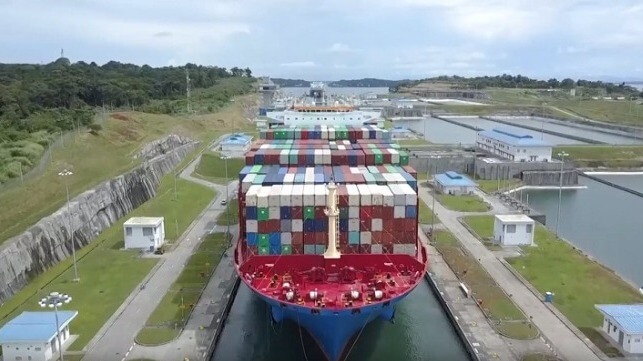Panama Canal Plans to Solve its Water Woes With New Reservoir

Thanks to a new court ruling, Panama's government plans to future-proof the operation of the New Panama Canal against the prospect of prolonged droughts, which have slowed down commerce and caused backlogs because of competition for the limited water supply to run the locks.
The Panama Canal locks depend upon freshwater from Gatun Lake in order to operate, and the larger new locks use about 50 million gallons per ship transit. In periods with little rainfall, the lake's level declines, and Panama is forced to choose between using the water for marine commerce or using it to supply the needs of local stakeholders. The Panama Canal Authority was forced to curtail the number of daily canal transits because of this challenge in late 2023, creating congestion on the key connector between the Atlantic and Pacific basins.
The solution, according to AMP, is to add a new reservoir on the Indio River. With help from the U.S. Army Corps of Engineers, the canal authority has planned out a way to dam the Indio River and divert some of its water into Gatun Lake. The novel project has been under consideration since at least 2001, and it calls for a giant concrete-faced dam and a five-mile tunnel through a hillside to reach the canal's main reservoir. At a cost of about $2 billion, this project could raise the traffic volume on the canal by up to 15 vessels a day - enough to maintain a constant 36-vessel tempo throughout a drought season.
A recent decision by Panama's supreme court loosened the boundaries of the canal's defined watershed, opening up the prospects for an expansion of reservoir capacity. On Monday, canal administrator Ricaurte Vasquez said that the project should take about six years and $1.2-1.6 billion to complete - depending on the progress of talks with local residents who would have to relocate from the reservoir zone. He said that when finished, it should provide long-sought certainty and reliability for vessel operators.
No comments:
Post a Comment